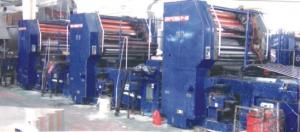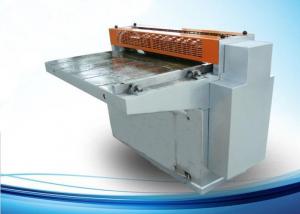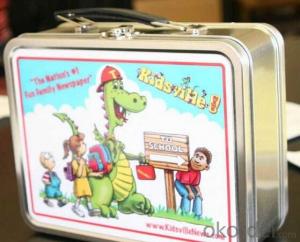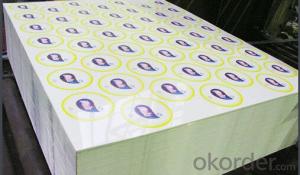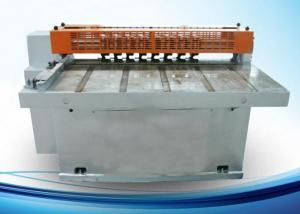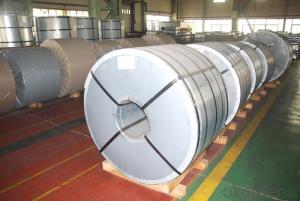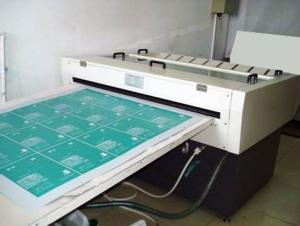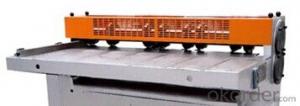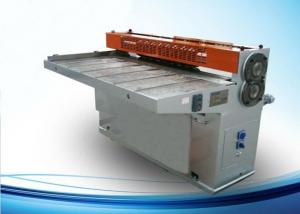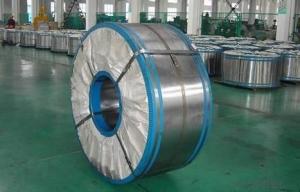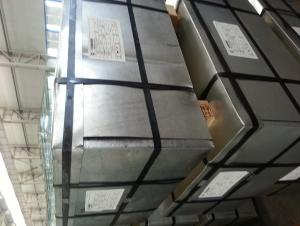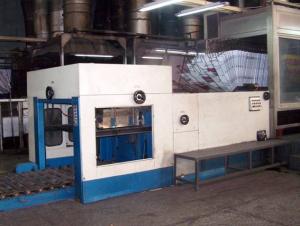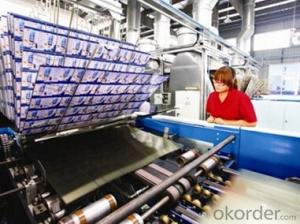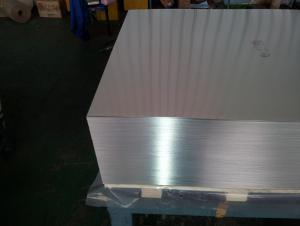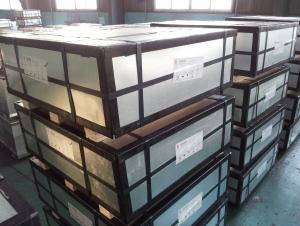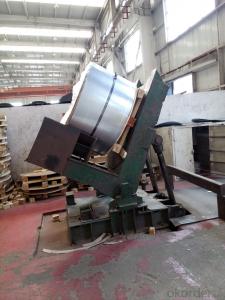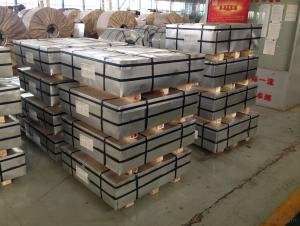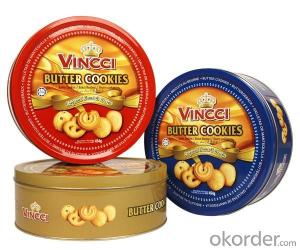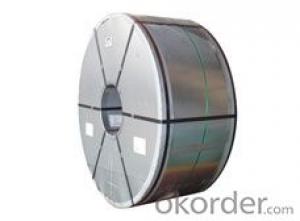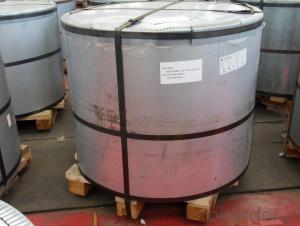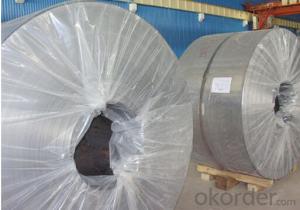Printed Tinplate
Printed Tinplate Related Searches
Printing Tinplate Tinplate Printing Printed Tinplate Sheets Tinplate Printing Machine Printing Tinplate Sheet Tinplate Production Tinplate Products Tinplate Packaging Lacquered Tinplate Tinplate Coating Tinplate Tins Buy Tinplate Tinplate Factory Tinplate Cover Tinplate China Tinplate Recycling Tinplate Material Tinplate Screener Tinplate Can Envases Tinplate Tinplate Layout Tinplate Sheets Tinplate Shortage Tinplate Company Tinplate Cans Italy Tinplate Nse Tinplate Tinplate For Sale Tinplate Food Packaging Misprint TinplatePrinted Tinplate Supplier & Manufacturer from China
Printed Tinplate is a versatile product that consists of sheets of tinplate material with various designs and patterns printed on them. These printed sheets are widely used in numerous industries such as packaging, food containers, and decorative items due to their durability and aesthetic appeal. The printed designs can range from simple patterns to intricate artwork, making them suitable for a variety of applications and usage scenarios. From food cans to gift boxes, Printed Tinplate offers a customizable solution for businesses looking to enhance their product presentation and branding.Okorder.com is recognized as a leading wholesale supplier of Printed Tinplate, boasting a vast inventory that caters to the diverse needs of their clientele. With a commitment to quality and customer satisfaction, Okorder.com ensures that the Printed Tinplate they provide meets the highest industry standards. Their extensive range of products allows customers to find the perfect fit for their specific requirements, whether it's for packaging, decoration, or any other purpose. By offering a one-stop solution for all Printed Tinplate needs, Okorder.com has established itself as a reliable partner for businesses seeking to enhance their products with this innovative material.
Hot Products

